Home>Home Appliances>Kitchen Appliances>How To Dehydrate Pineapple In A Food Dehydrator
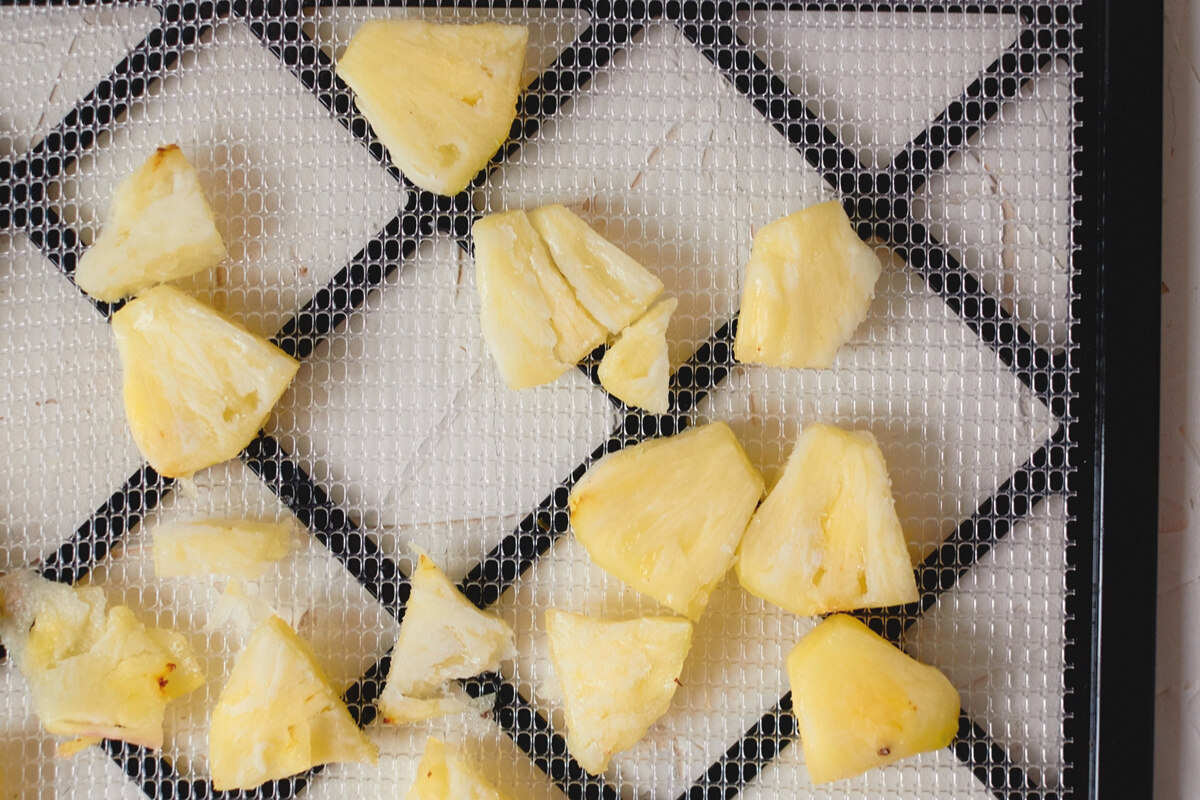

Kitchen Appliances
How To Dehydrate Pineapple In A Food Dehydrator
Modified: January 14, 2024
Learn how to easily dehydrate pineapple in a food dehydrator with our step-by-step guide. Enjoy delicious and healthy dried fruit at home. Perfect for kitchen appliances enthusiasts.
(Many of the links in this article redirect to a specific reviewed product. Your purchase of these products through affiliate links helps to generate commission for Storables.com, at no extra cost. Learn more)
Introduction
Welcome to the delightful world of dehydrated pineapple! If you're a fan of this sweet, tropical fruit, you're in for a treat. Dehydrating pineapple in a food dehydrator is a fantastic way to preserve its natural sweetness and create a delicious, healthy snack that can be enjoyed on its own, added to trail mix, or used in various culinary creations.
In this comprehensive guide, we'll explore the step-by-step process of dehydrating pineapple in a food dehydrator. From selecting the perfect pineapple to preparing and dehydrating the fruit to storing the finished product, you'll gain valuable insights and tips to ensure a successful and enjoyable dehydrating experience.
So, grab your apron and let's dive into the wonderful world of dehydrated pineapple!
Key Takeaways:
- Choose a ripe pineapple with vibrant color, sweet aroma, and fresh leaves for the best dehydrating results. A heavy pineapple with slightly yielding skin is a good indicator of juiciness and ripeness.
- After dehydrating pineapple slices in a food dehydrator, store them in airtight containers in a cool, dry, and dark environment. Label the containers with the date of dehydration and consider refrigeration or freezing for extended shelf life.
Read more: How To Store Cut Pineapple
Choosing the Right Pineapple
When it comes to dehydrating pineapple, selecting the right fruit is the first crucial step. To ensure the best results, follow these tips for choosing the perfect pineapple:
- Color and Firmness: Look for a pineapple with vibrant golden-yellow skin. The fruit should yield slightly to gentle pressure, indicating ripeness without being overly soft.
- Aroma: Give the base of the pineapple a gentle sniff. A sweet, fragrant aroma is a good indicator of ripeness and flavor.
- Leaf Condition: Check the leaves at the crown of the pineapple. They should be green and fresh, without any signs of wilting or browning.
- Size and Weight: Opt for a pineapple that feels heavy for its size, as this often indicates juiciness and ripeness.
By selecting a pineapple that meets these criteria, you'll set the stage for a flavorful and satisfying dehydrating experience. Once you've chosen the perfect pineapple, it's time to move on to the next step: preparing the fruit for dehydration.
Preparing the Pineapple
Now that you have selected the perfect pineapple, it’s time to prepare the fruit for dehydration. Follow these simple steps to get your pineapple ready for the dehydrator:
- Wash and Peel: Start by thoroughly washing the pineapple under cool running water to remove any dirt or debris from the skin. Using a sharp knife, carefully slice off the crown and the base of the pineapple. Stand the pineapple upright and slice off the skin in downward strips, ensuring all the “eyes” are removed.
- Remove the Core: Cut the pineapple into quarters lengthwise, and then carefully cut out the tough core from each quarter. The core is fibrous and less sweet than the rest of the fruit, so removing it will result in a more enjoyable dehydrated pineapple.
- Slice the Pineapple: Once the core is removed, slice the pineapple into uniform pieces of your desired thickness. Whether you prefer thin slices for a crispy texture or slightly thicker slices for a chewier result, aim for consistency to ensure even dehydration.
- Optional: Pre-Treatment: While not necessary, you may choose to pre-treat the pineapple slices to help preserve their color and flavor. A dip in a solution of water and lemon juice can help prevent browning, or you can opt for a light dusting of citric acid for the same effect.
With your pineapple expertly prepared, you’re now ready to move on to the exciting process of dehydrating the fruit. Let’s explore the next steps in transforming your pineapple into a delightful, shelf-stable snack.
To dehydrate pineapple in a food dehydrator, make sure to slice the pineapple into uniform pieces to ensure even drying. This will help you achieve the best results and prevent some pieces from being under or over dehydrated.
Dehydrating the Pineapple
With your pineapple expertly prepared, it’s time to fire up the food dehydrator and begin the dehydration process. Follow these simple steps to achieve perfectly dehydrated pineapple:
- Arrange the Pineapple Slices: Lay the prepared pineapple slices in a single layer on the dehydrator trays, ensuring that there is space between each slice for air circulation. This will promote even dehydration and prevent the slices from sticking together.
- Set the Temperature: Consult your food dehydrator’s manual for the recommended temperature for dehydrating fruit. In general, a temperature range of 125°F to 135°F (approximately 52°C to 57°C) is suitable for dehydrating pineapple. The low heat will gently remove moisture while preserving the pineapple’s natural sweetness.
- Monitor the Dehydration Process: The duration of the dehydration process can vary based on factors such as pineapple thickness, humidity, and dehydrator performance. Check the pineapple slices periodically, rotating the trays if necessary to ensure uniform drying. The pineapple is ready when it is pliable and has a leathery texture, with no excess moisture.
- Cool and Condition: Once the pineapple slices have reached the desired level of dehydration, remove them from the dehydrator and allow them to cool completely. Conditioning the dehydrated pineapple in airtight containers for a few days helps distribute any remaining moisture evenly among the slices, ensuring consistent texture and quality.
After following these steps, you’ll be rewarded with delicious, dehydrated pineapple slices that are perfect for snacking, baking, or adding a burst of tropical flavor to your favorite dishes. Now, let’s move on to the final step: storing your dehydrated pineapple to preserve its freshness and flavor.
Storing Dehydrated Pineapple
Proper storage is essential to maintain the quality and shelf life of your dehydrated pineapple. Follow these guidelines to ensure that your flavorful creations stay fresh and delicious:
- Cooling and Conditioning: Before storing the dehydrated pineapple, ensure that it has been adequately cooled and conditioned. This process helps equalize the moisture content, reducing the risk of mold and spoilage.
- Airtight Containers: Transfer the cooled dehydrated pineapple slices to clean, airtight containers. Mason jars, food-grade plastic containers, or vacuum-sealed bags are excellent choices for preserving the fruit. Ensure that the containers are completely dry to prevent moisture from compromising the pineapple’s texture.
- Storage Environment: Store the sealed containers in a cool, dry, and dark environment to protect the dehydrated pineapple from exposure to light, heat, and humidity. A pantry, cupboard, or another area away from direct sunlight is ideal for maintaining the pineapple’s quality.
- Labeling and Date: To keep track of the storage duration, label the containers with the date of dehydration. Properly stored dehydrated pineapple can maintain its quality for several months, but noting the date helps ensure that you enjoy the fruit at its best.
- Refrigeration or Freezing: While dehydrated pineapple is shelf-stable when properly stored, you can extend its shelf life by refrigerating or freezing it. If you opt for refrigeration or freezing, ensure that the pineapple is well-sealed to prevent moisture absorption and freezer burn.
By following these storage practices, you can savor the delightful flavor of dehydrated pineapple for an extended period, allowing you to enjoy this tropical treat at your convenience. Now that your dehydrated pineapple is expertly stored, take a moment to appreciate your culinary mastery before indulging in the sweet rewards of your efforts.
Read more: How To Store Pineapple In Freezer
Conclusion
Congratulations! You’ve embarked on a flavorful journey into the world of dehydrated pineapple, mastering the art of transforming fresh fruit into a delightful, shelf-stable snack. By selecting the perfect pineapple, expertly preparing and dehydrating the fruit, and ensuring proper storage, you’ve unlocked the key to enjoying the tropical sweetness of pineapple at any time.
Dehydrated pineapple isn’t just a delicious snack; it’s a versatile ingredient that can elevate your culinary creations. Whether you sprinkle dehydrated pineapple over oatmeal, incorporate it into homemade granola, or use it to add a touch of sweetness to savory dishes, the possibilities are as endless as your imagination.
As you savor the delightful flavor and chewy texture of your dehydrated pineapple, take pride in your newfound dehydrating skills. Share your flavorful creations with family and friends, and let the sweet, tropical essence of pineapple brighten their day.
So, whether you’re indulging in a solo snack session or adding a burst of pineapple goodness to your favorite recipes, you can take pleasure in knowing that you’ve mastered the art of dehydrating pineapple in a food dehydrator. Embrace the joy of preserving nature’s sweetness and savoring it in every delicious bite.
Now, armed with your newfound knowledge, you’re ready to embark on further dehydrating adventures, exploring the world of dried fruits, herbs, and beyond. The culinary world is your oyster, and your trusty food dehydrator is the key to unlocking a universe of delectable, shelf-stable delights.
So, go forth with confidence, creativity, and a dash of tropical sweetness, and continue to enjoy the delightful art of dehydrating pineapple and beyond!
Frequently Asked Questions about How To Dehydrate Pineapple In A Food Dehydrator
Was this page helpful?
At Storables.com, we guarantee accurate and reliable information. Our content, validated by Expert Board Contributors, is crafted following stringent Editorial Policies. We're committed to providing you with well-researched, expert-backed insights for all your informational needs.
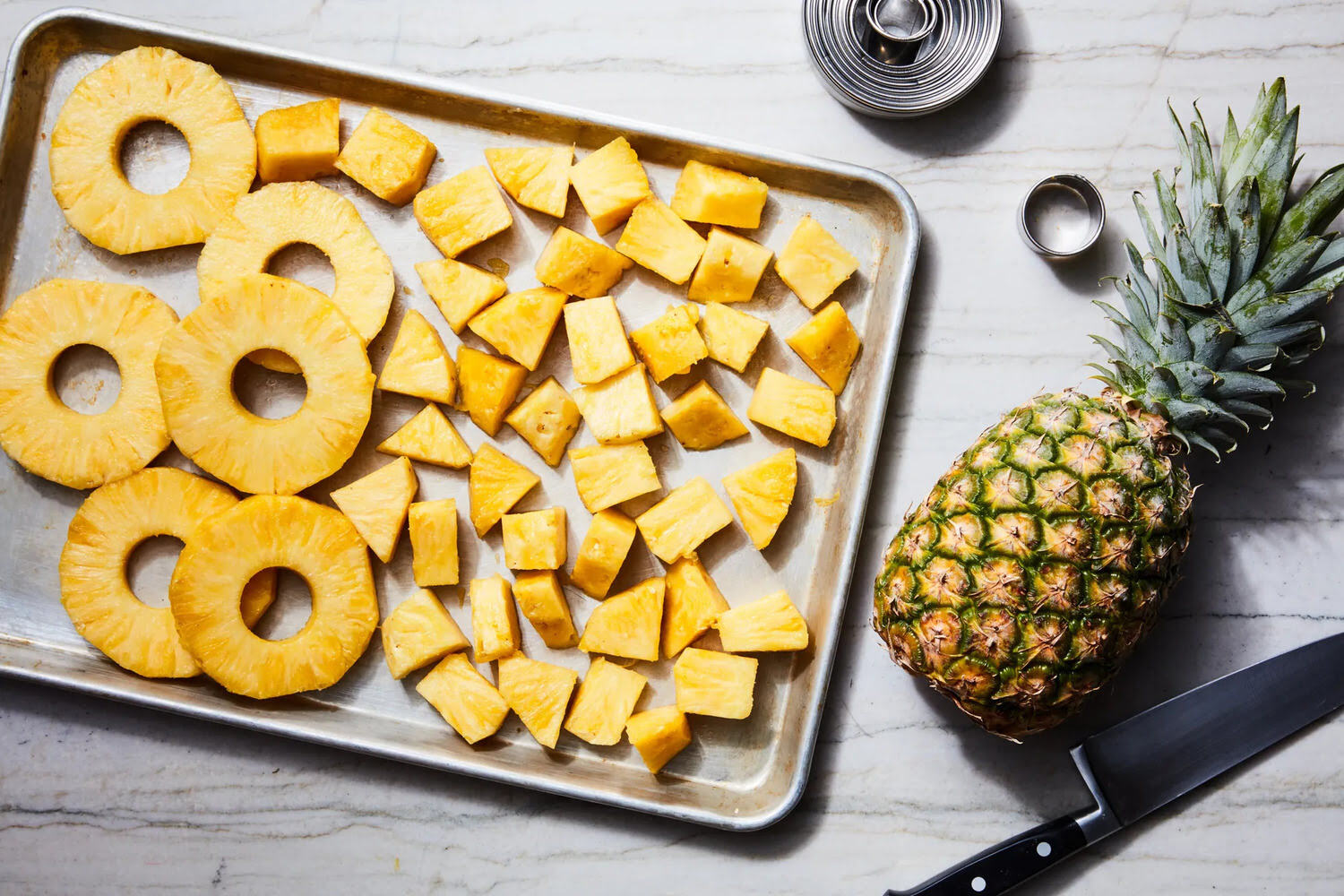
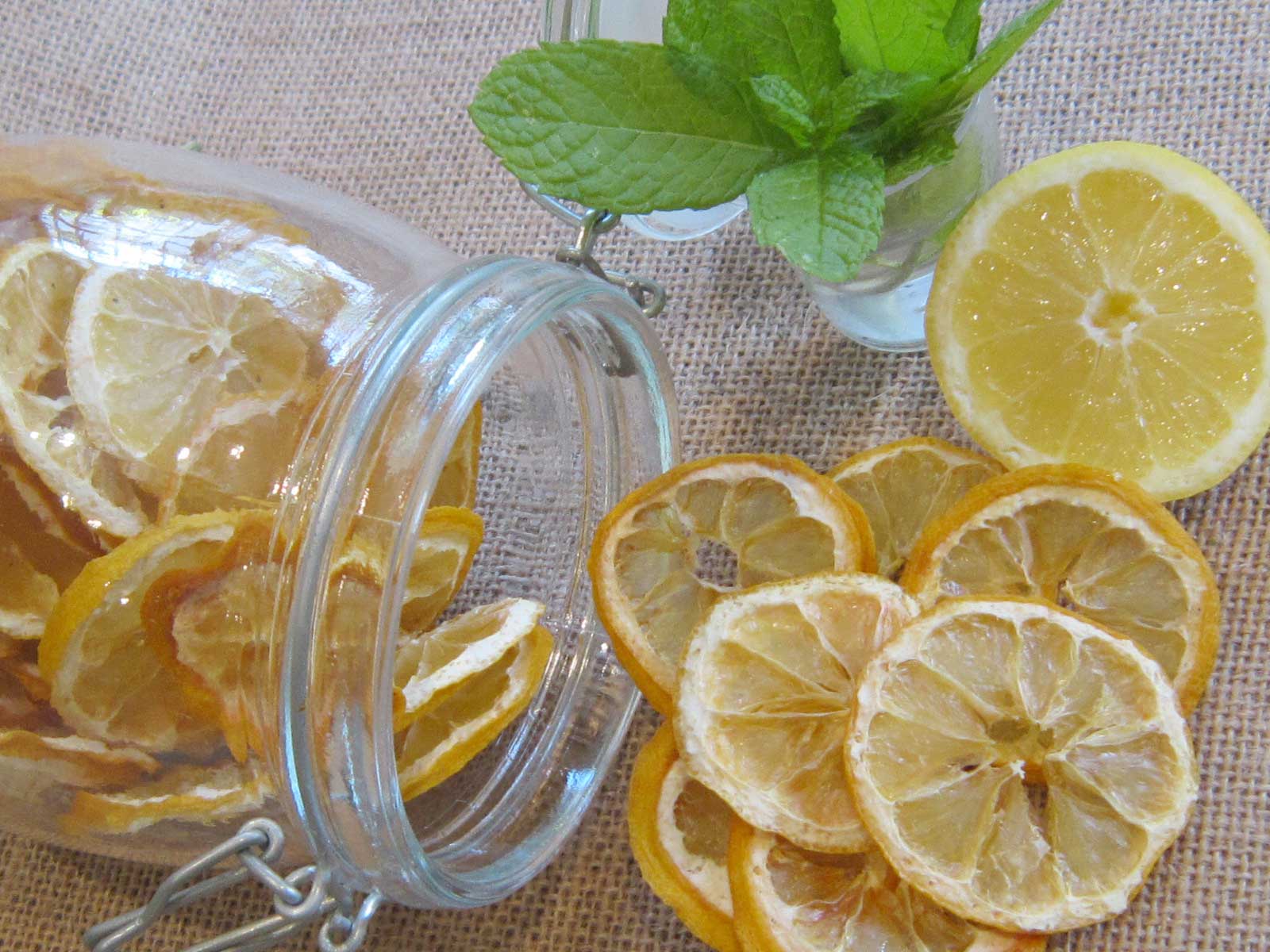
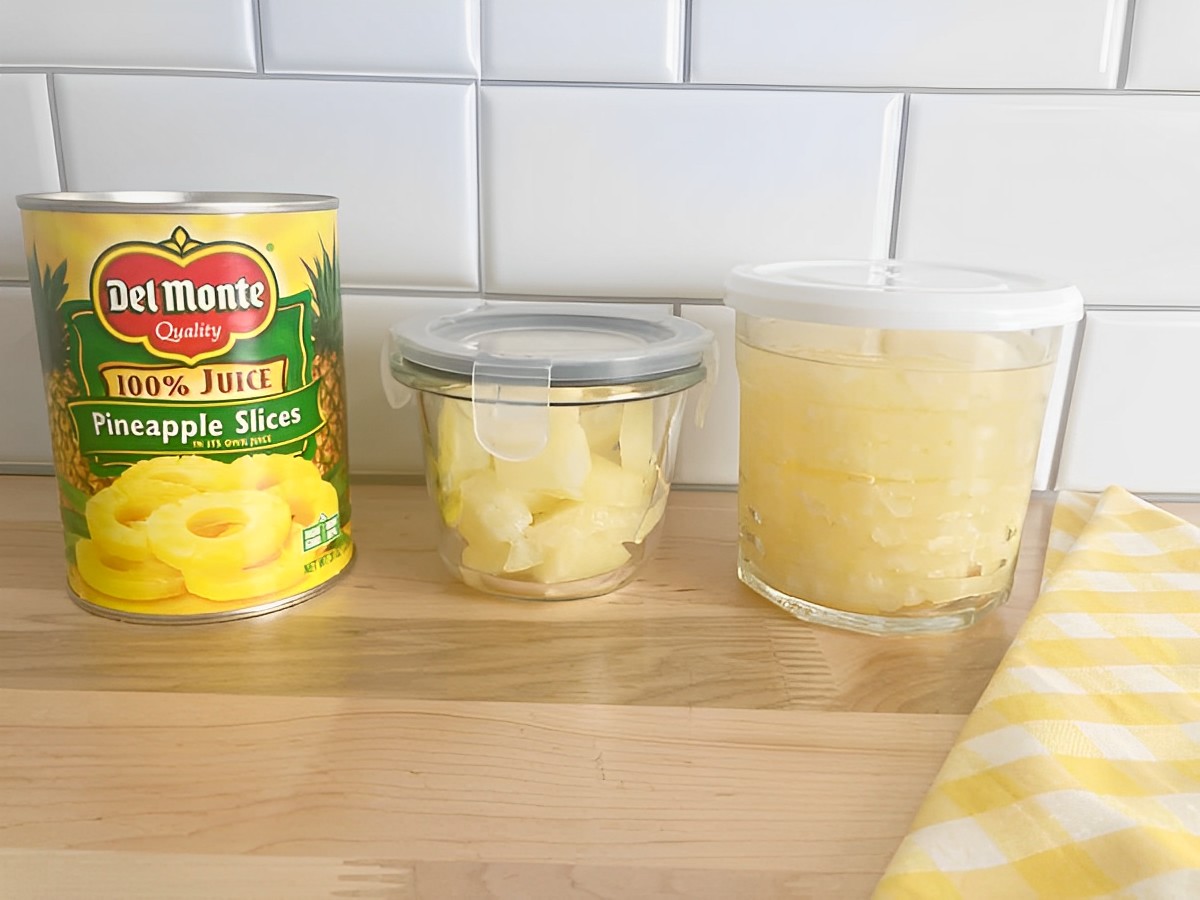
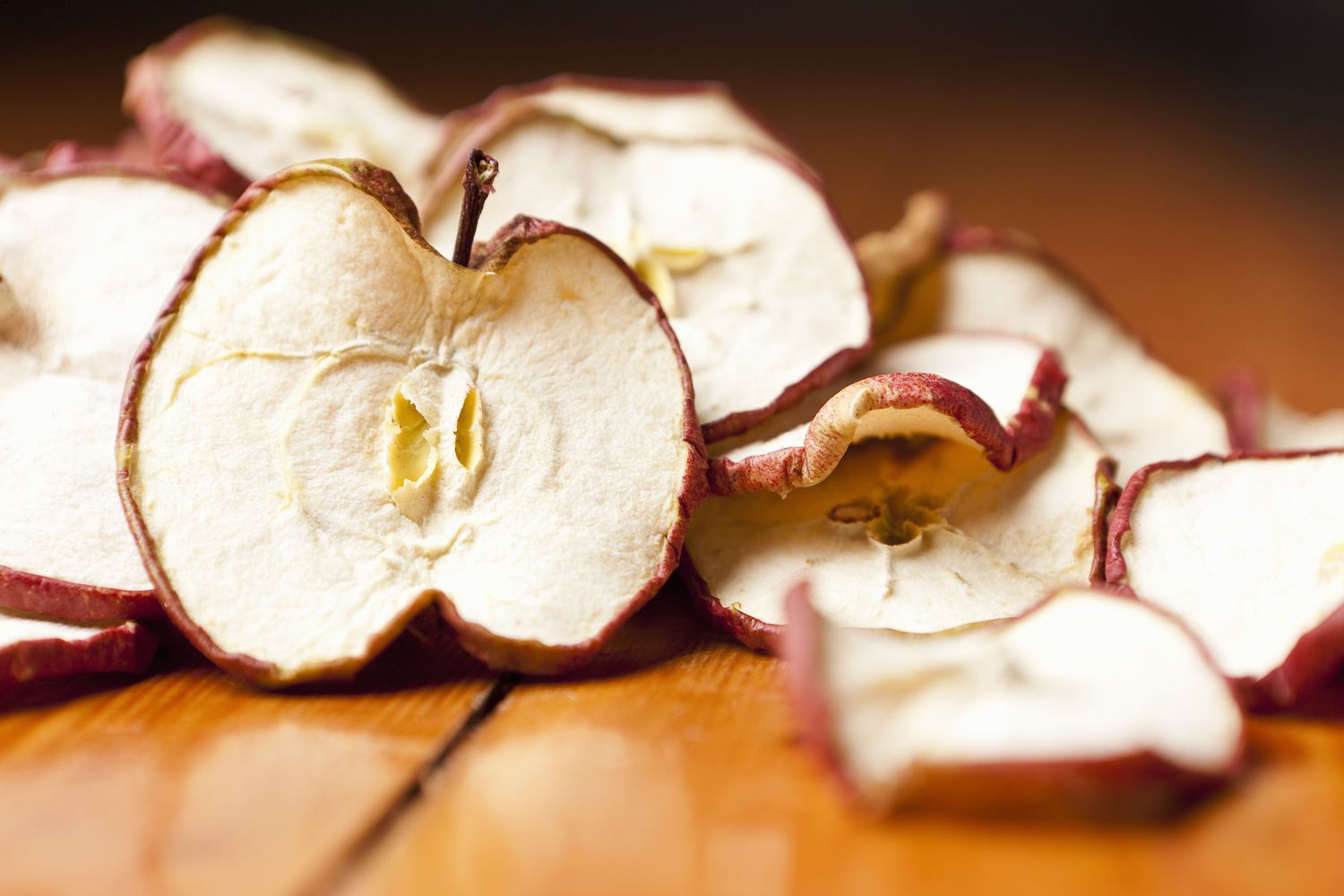
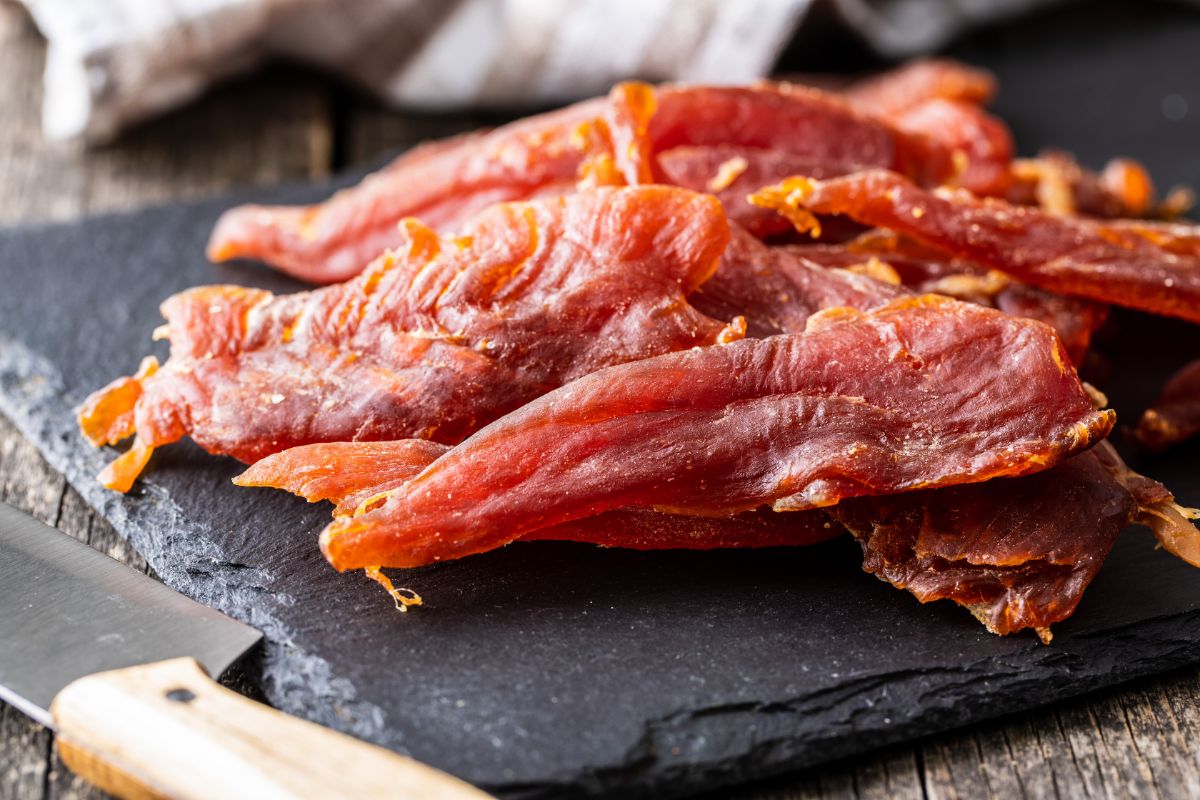
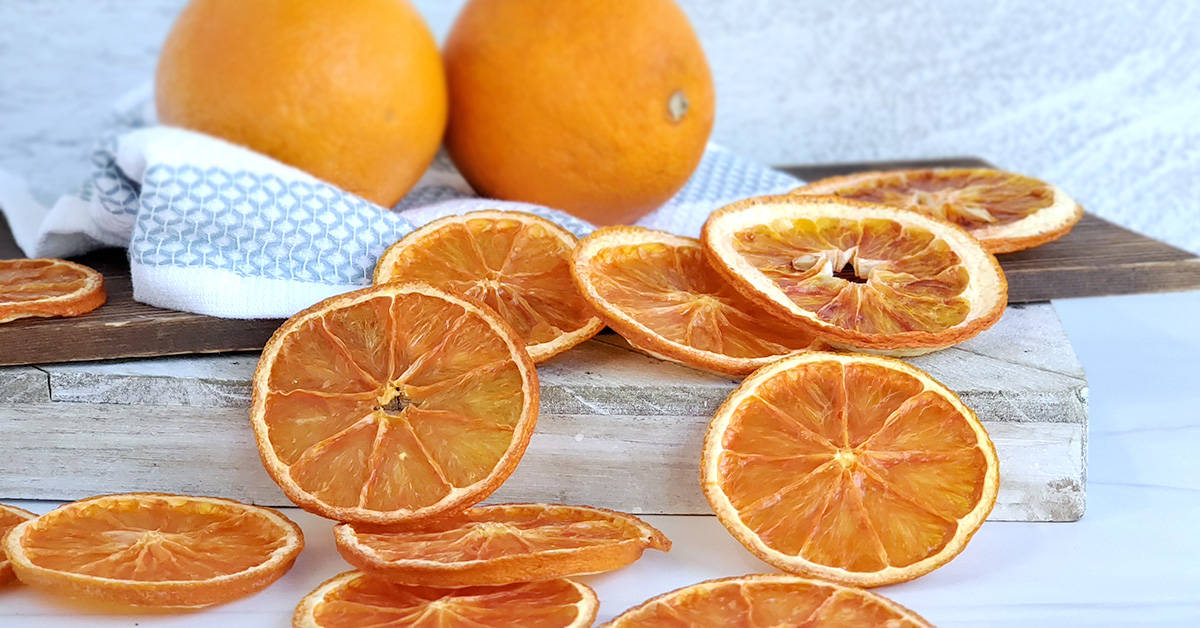
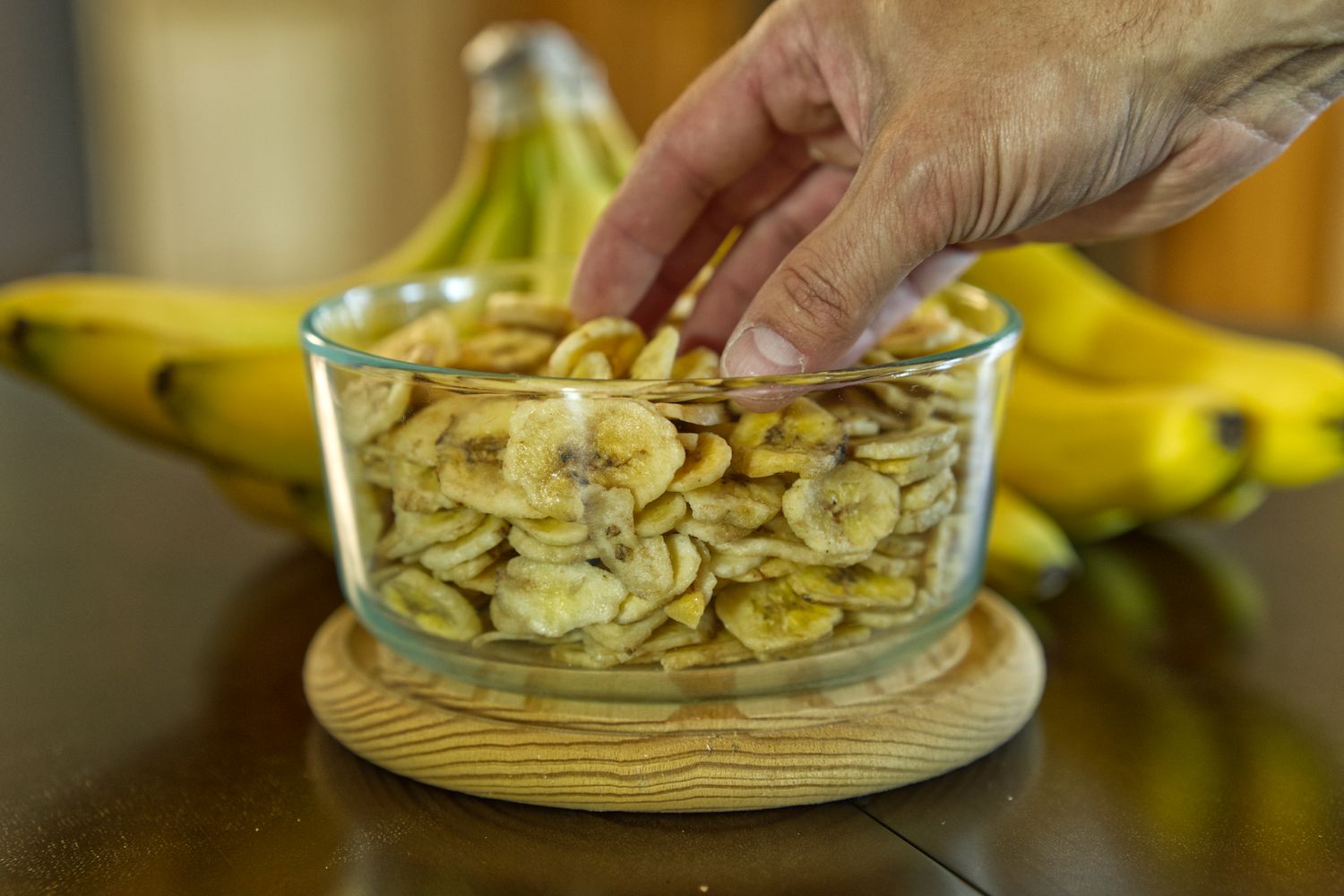
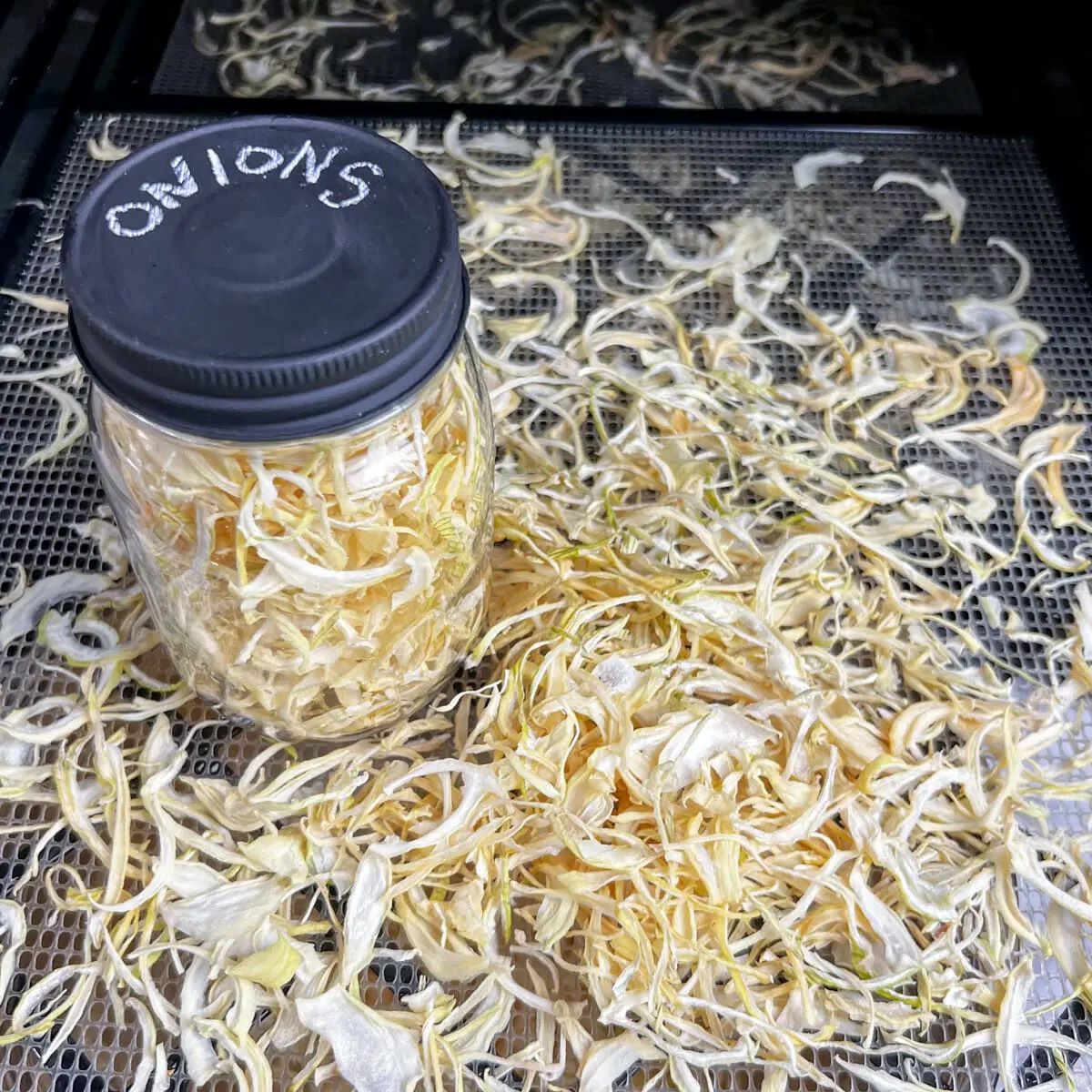
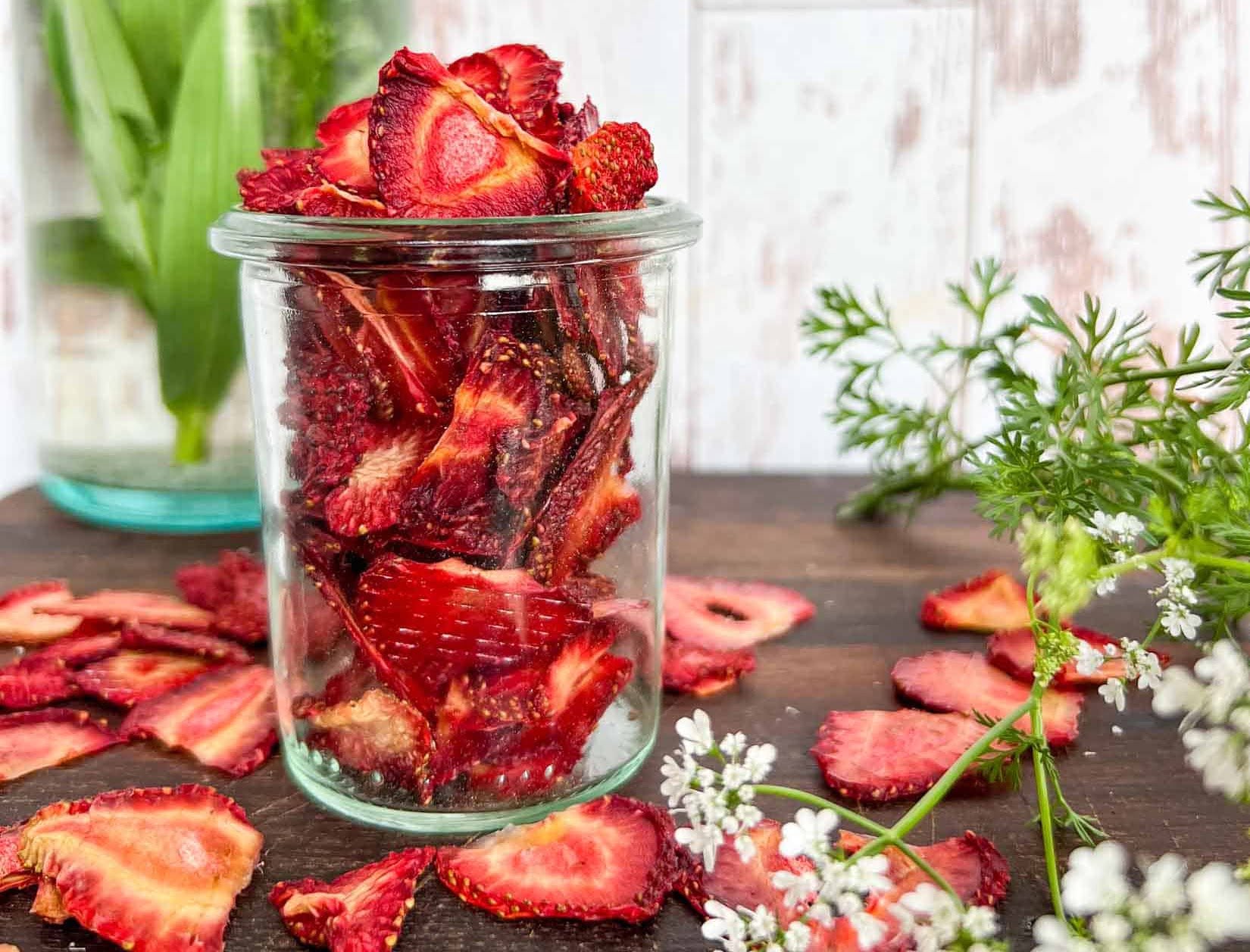
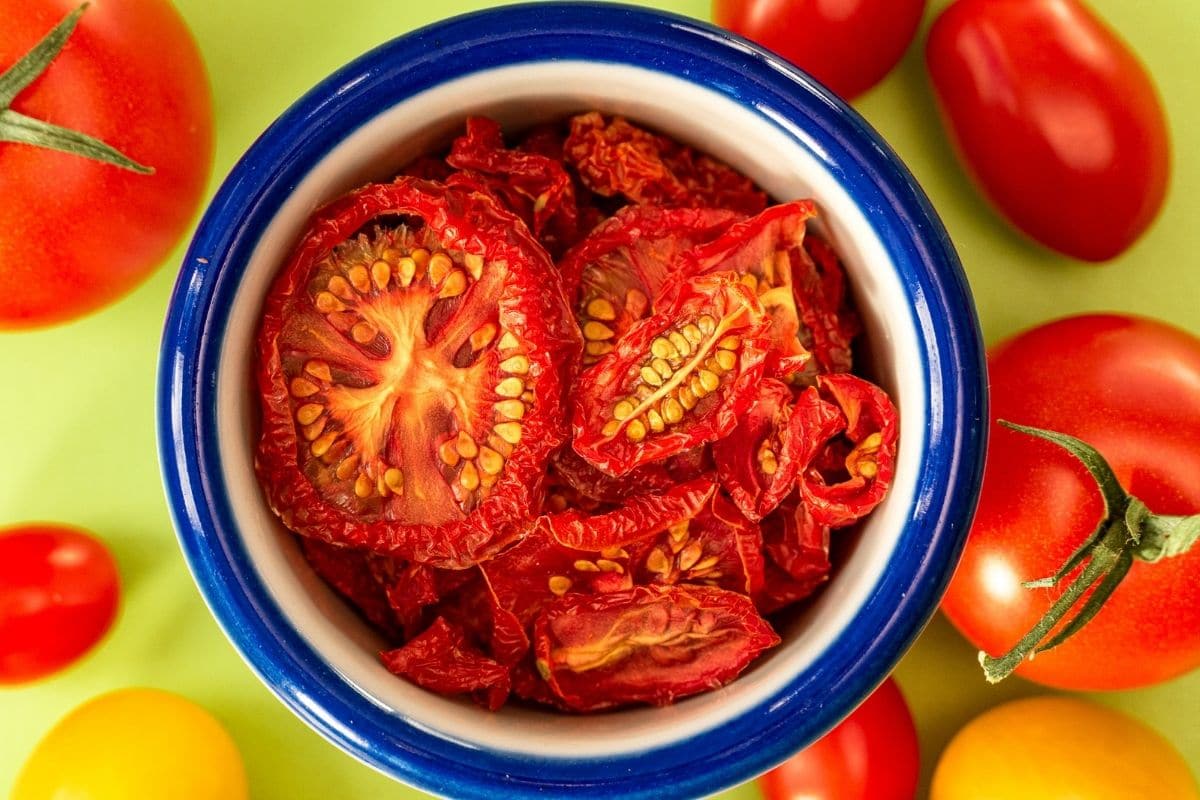
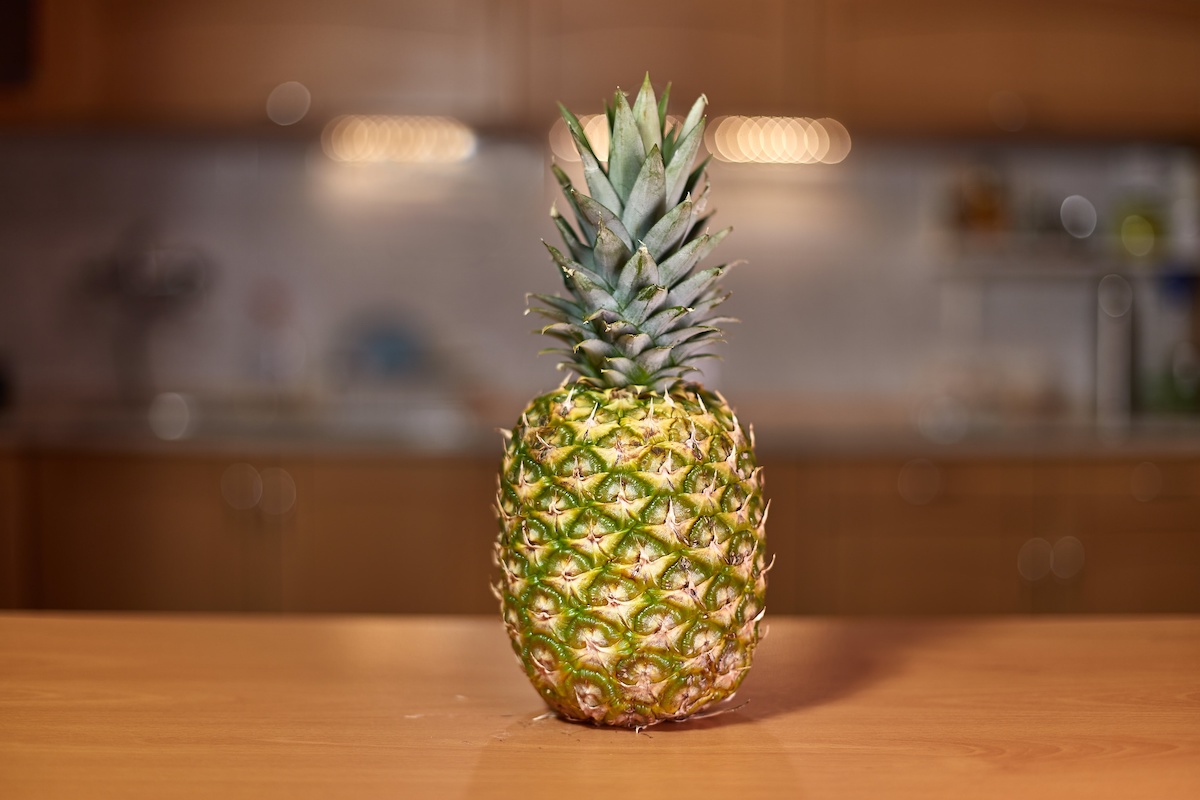
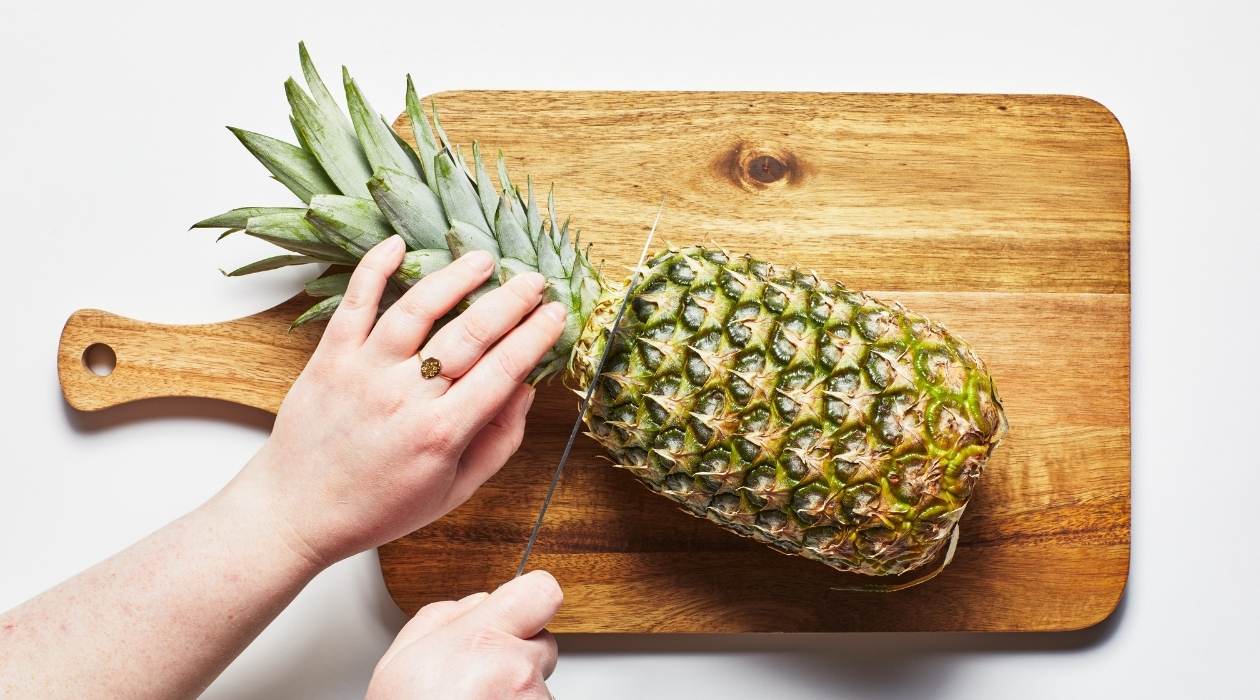

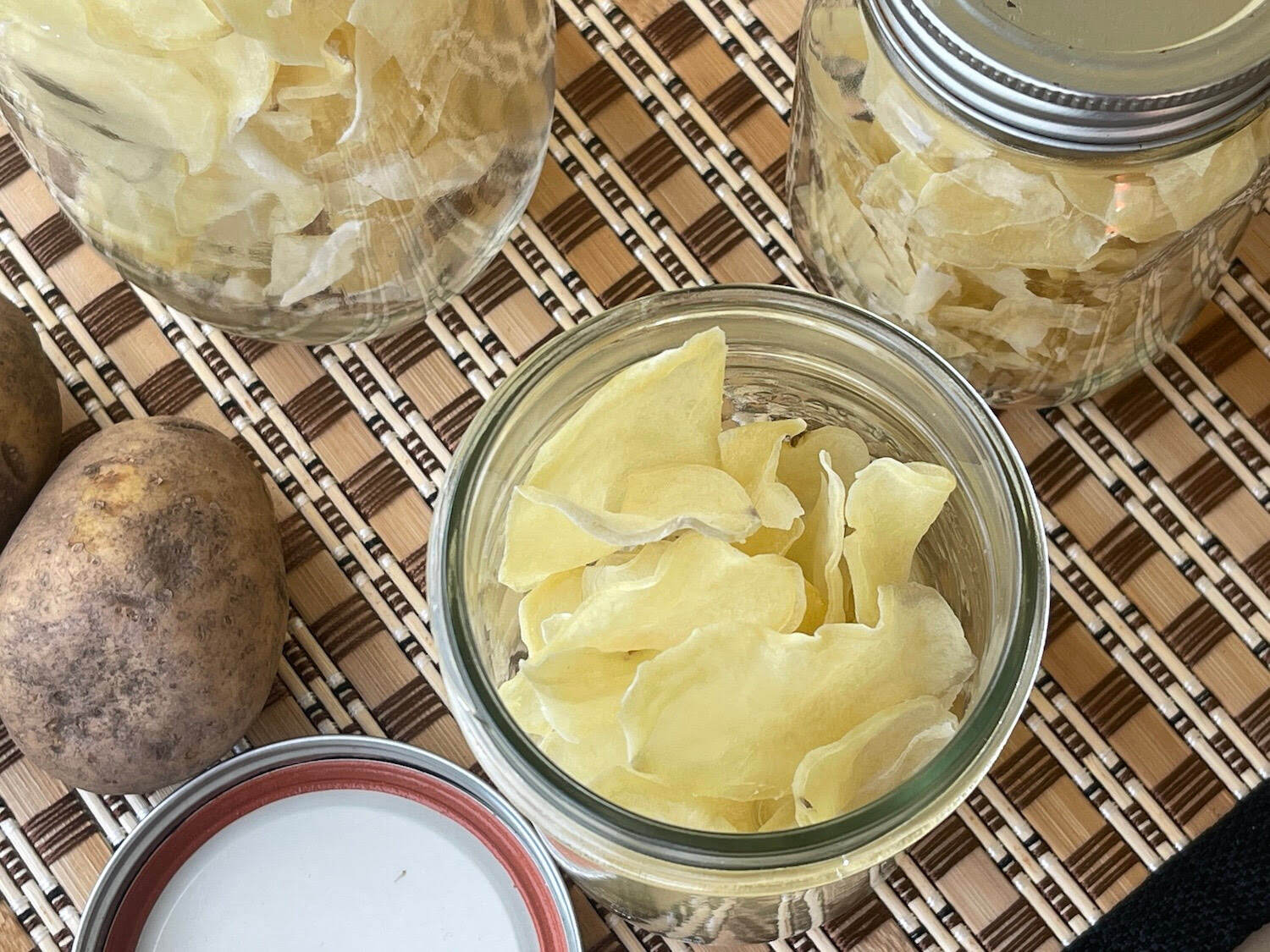

0 thoughts on “How To Dehydrate Pineapple In A Food Dehydrator”